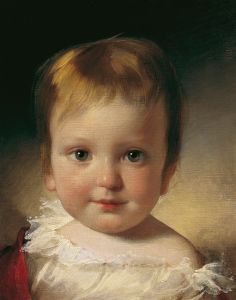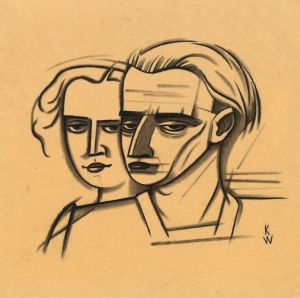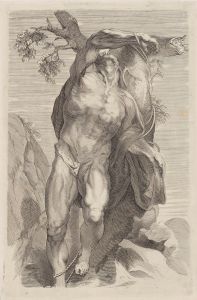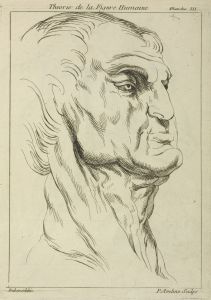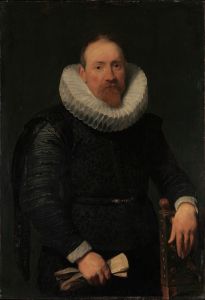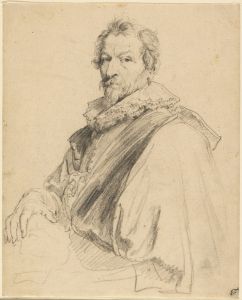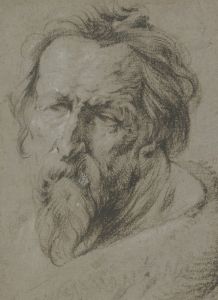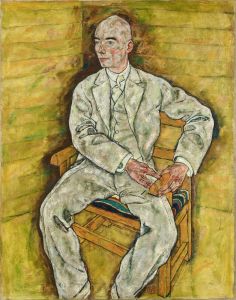
Alexander or Jan Vinck
A hand-painted replica of Anthony van Dyck’s masterpiece Alexander or Jan Vinck, meticulously crafted by professional artists to capture the true essence of the original. Each piece is created with museum-quality canvas and rare mineral pigments, carefully painted by experienced artists with delicate brushstrokes and rich, layered colors to perfectly recreate the texture of the original artwork. Unlike machine-printed reproductions, this hand-painted version brings the painting to life, infused with the artist’s emotions and skill in every stroke. Whether for personal collection or home decoration, it instantly elevates the artistic atmosphere of any space.
Anthony van Dyck, a prominent Flemish Baroque artist, is renowned for his portraits that capture the elegance and personality of his subjects. Among his extensive body of work is the painting titled "Alexander or Jan Vinck." This artwork is an example of van Dyck's skill in portraiture, showcasing his ability to convey the character and status of his sitters through his masterful use of color, composition, and brushwork.
The painting "Alexander or Jan Vinck" is believed to have been created during van Dyck's mature period, a time when he was highly sought after by the European aristocracy and had established himself as a leading portraitist. Van Dyck's portraits are characterized by their sophisticated style, often depicting his subjects with a sense of grace and nobility. This particular painting is no exception, as it reflects the artist's keen eye for detail and his ability to render the textures of fabrics and the subtleties of human expression.
In "Alexander or Jan Vinck," van Dyck employs a rich color palette, which is typical of his work. The use of deep, luxurious tones adds a sense of depth and richness to the painting, enhancing the overall impact of the portrait. The subject is presented with a direct gaze, engaging the viewer and creating a sense of immediacy and presence. This approach is a hallmark of van Dyck's style, as he often sought to capture the essence of his sitters, going beyond mere physical likeness to reveal their inner character.
The identity of the sitter, whether Alexander or Jan Vinck, remains a topic of some uncertainty. However, this does not detract from the painting's significance as an example of van Dyck's portraiture. The ambiguity surrounding the sitter's identity is not uncommon in art history, where records may be incomplete or lost over time. Despite this, the painting stands as a testament to van Dyck's artistic prowess and his ability to create compelling and lifelike portraits.
Van Dyck's influence on portrait painting was profound, and his work set a standard for future generations of artists. His portraits were admired for their elegance and psychological depth, qualities that are evident in "Alexander or Jan Vinck." The painting reflects van Dyck's mastery of the medium and his understanding of the nuances of human expression, making it a valuable piece within the context of his oeuvre.
Today, Anthony van Dyck's paintings are held in high esteem and can be found in major art collections around the world. "Alexander or Jan Vinck" is a part of this legacy, representing the enduring appeal of van Dyck's work and his contribution to the art of portraiture. Through his paintings, van Dyck continues to be celebrated as one of the great portraitists of the Baroque era, and his influence is still felt in the art world today.






